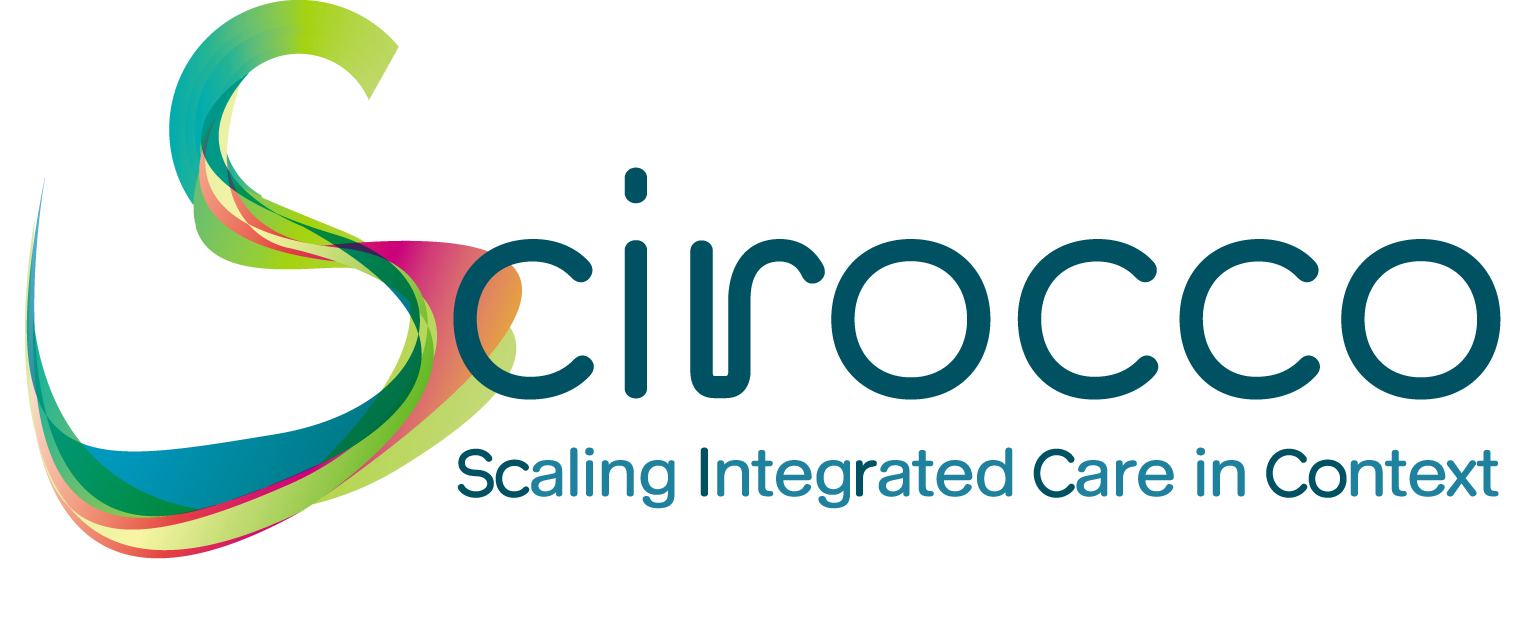Innovation Management
Objectives:
Many of the best ideas are likely to come from clinicians, nurses and social workers who understand where improvements can be made to existing processes. These innovations need to be recognised, assessed and, where possible, scaled up to provide benefit across the system. At the same time, universities and private sector companies are increasingly willing to engage in open innovation, and innovative procurement, in order to develop new technologies, test process improvements and deliver new services that meet the needs of citizens. There is also value in looking outside the system to other regions and countries that are dealing with the same set of challenges, to learn from their experiences. Overall, this means managing the innovation process to get the best results for the systems of care, and ensuring that good ideas are encouraged and rewarded.
- Adopting proven ideas faster.
- Enabling an atmosphere of innovation from top to bottom, with collection and diffusion of best practice.
- Learning from inside the system, as well as from other regions, to expand thinking and speed up change.
- Involving regional health and social care authorities, universities and private sector companies and other sectors in the innovation process (i.e., ‘open innovation’).
- Using innovative procurement approaches (Pre-Commercial Procurement, Public Procurement of Innovation, Public Private Partnerships, Shared Risk, Outcome-Based Payment)
- Using European projects and partnerships (e.g., Horizon 2020, European Regional Development Funds, European Social Investment Funds and other).
Assessment scale:
- No innovation management in place
- Innovation is encouraged but there is no overall plan
- Innovations are captured and there are some mechanisms in place to encourage knowledge transfer
- Formalised innovation management process is planned and partially implemented
- Formalised innovation management process is in place and widely implemented
- Extensive open innovation combined with supporting procurement and the diffusion of good practice is in place




